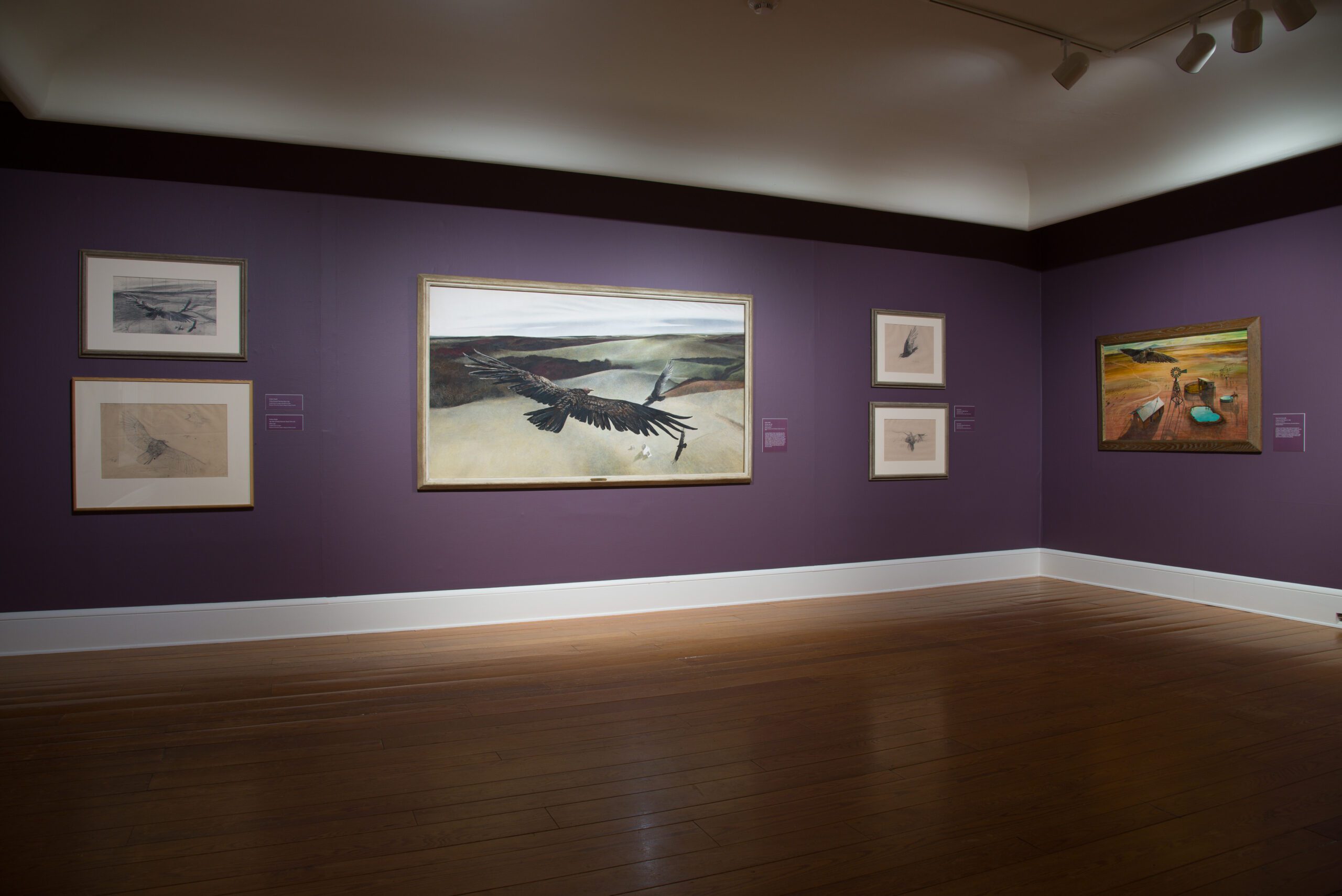Author: Karen Petersen
The birds have returned to our backyard. Each morning I begin my day looking out the kitchen window to see who our new, or returning, avian visitors might be. Stay home, stay safe orders mean little to creatures whose instinct drives them to migrate far distances to return to our feeders—well, that’s what I’d like to believe. The chipper chickadees have been hanging around all winter and seem frustrated that they have to share their seed bounty with other recent newcomers—the splotchy goldfinch males who are molting; the plump and bouncy little juncos and the solemn mourning doves who scour the ground below the feeders for nourishment; the solitary and dignified flicker who hangs precariously from the little suet feeder and sends it rocking in his efforts to snag a dried berry or peanut from the fat; and the woodpeckers and nuthatches that continuously hop up and down the cedar pole on our patio, doing laps as they wait for their chance at the feeders.
I love to watch their social interactions but am always awed by the depth of color, the arc of neck or wing, the texture and softness of feather. As interesting as bird behavior is to observe, it’s their sheer beauty that keeps me watching the feeders and the skies in our backyard. This, in turn, makes me miss all the beautiful birds at Shelburne Museum, perched in paintings and illustrations, represented in sculpture and decorative arts—even the gulls that warm themselves on the roof of the covered bridge. It’s too early for hummingbirds here, but the iridescence of the mourning doves make me think of Martin Johnson Heade’s gloriously colored Brazilian hummingbirds—their glistening feathers nearly vibrate on the canvas, and you can feel the humidity and almost catch the scent of the dense vegetation.


Images: Left: Adult Junco, Photo: Tom Benson/Flickr (CC BY NC ND 2.0); Right: Martin Johnson Heade, Hummingbirds: Two ‘Sungems’ and a ‘Crimson Topaz’, 1866. Oil on canvas, 14 x 13 1/4 in. Museum purchase, acquired from Maxim Karolik. 1959-265.19. Photography by Andy Duback.
–
On my walk around the neighborhood the other day I looked up in a gnarled black walnut to see several turkey vultures hunched over, surveying the neighborhood for signs of a potential meal. They looked rather menacing and reminded me of the ominous air of Andrew Wyeth’s Soaring—the not-quite-told story that lurks under the roof of the house circled by the birds. On the way back, several of our neighbors’ roosters engaged in a crowing contest. They made me think about Shelburne’s weathervanes and how fowl have had such diverse meanings over time—a religious symbol of resurrection and rebirth; representing honesty and integrity; bringer of luck; and indicator of winds.
Since I can’t visit the Museum campus to see our eagles—the folk sculpture, the eagle depictions on quilts and ceramics—I can drive out to our local state park and there, at the bend in the road, in a tall tree that’s set back in a hedgerow separating two fields, is an enormous bald eagle’s nest. You can frequently see one sitting in the nest—last summer two magnificent birds sat on branches adjacent to the nest, rather like exhausted parents who needed to get away from the nursery for a few moments.


Images: Left: Soaring by Andrew Wyeth on exhibit at Shelburne Museum. Photography by Andy Duback; Right: The Cornell Lab, www.allaboutbirds.org, © Dan Vickers| Macauley Library, Georgia, January 16, 2011.
–
Artists using all sorts of media have captured the bird world around them, and around me. I’m enjoying the opportunity for slow birding (Thank you Bridget Butler, aka Bird Diva.) right now, but really look forward to returning to the Museum grounds having gained a whole new appreciation for my feathered friends there.

Karen Petersen, Stiller Family Foundation Director of Education and Director of Visitor Experience and Learning
Shelburne Museum

